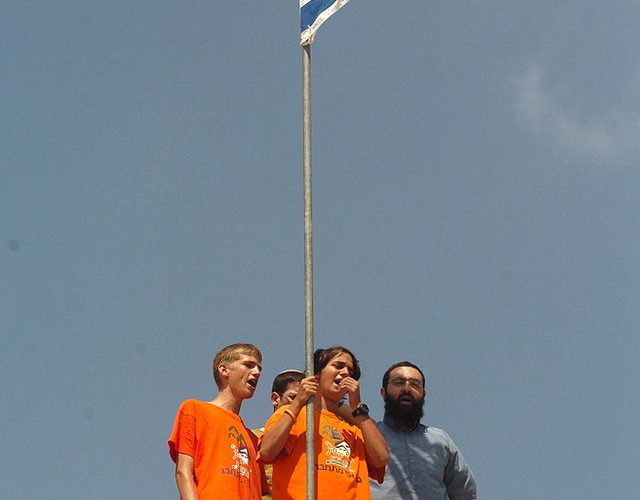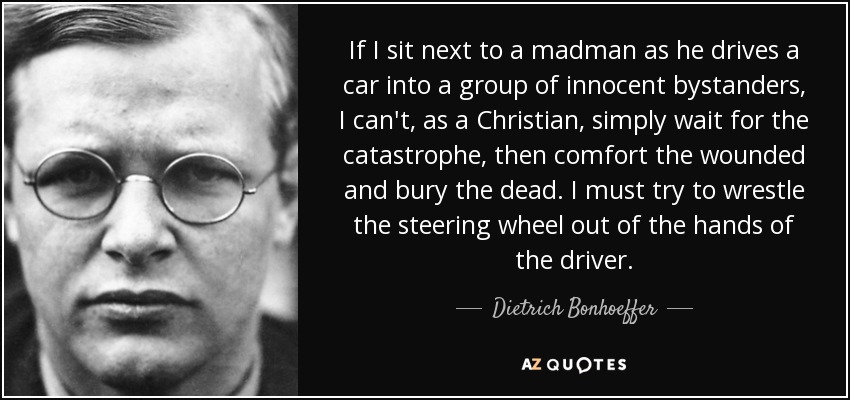Who would have thought that an area once so beautiful and flourishing would become the launchpad for one of the most brutal slaughters in modern history?
It seems like only yesterday that many of us were keenly glued to the
dramatic events of what the news simply referred to as the
“disengagement”—Israel’s withdrawal from the Gaza Strip and its
planned removal of nearly 9,000 Jews from the largest bloc of Jewish
communities known as Gush Katif.
In July 2005, I emailed friends: “I am praying for Gaza and Gush Katif
tonight. They are trying to stop the disengagement to save their homes
and livelihoods—greenhouses that supply 70% of the country’s
flowers, fruits, and vegetables.”
WABC radio’s “The John Batchelor Show“ had listeners including me
on the edge of our seats as we regularly tuned in for live coverage
from Gaza with investigative reporter Aaron Klein. Mr. Klein had
moved to Gush Katif in 2004 specifically to cover events on the ground
there. We heard from passionate Gaza residents who resoundingly,
angrily, and often tearfully rejected Israeli Prime Minister Ariel
Sharon’s plan to demolish their communities and forcibly remove
them from their homes if they resisted. (Mr. Klein went on to become a
strategic adviser and the elections chief for Prime Minister Benjamin
Netanyahu; currently, he continues his work as an author and
journalist. John Batchelor is now a 75-year-old cancer survivor still
hosting the same show.)
Without going back to Ishmael and Isaac, suffice it to say that the
Israeli disengagement, or withdrawal from Gaza, was proposed by Mr.
Sharon in 2003 and was approved by the Knesset nearly two years
later. Ultimately it was a reaction to U.S. President George W. Bush’s
“Roadmap for Peace” that he first outlined in a 2002 Rose Garden
speech advocating a two-state solution.
Then as now, an American administration felt it had the right to call
the shots in the life and destiny of the Middle East’s sole, sovereign
democracy. (Such interventions have rarely ended well, especially
with Arab countries such as Saudi Arabia willing to finance Hamas
from afar, and Egypt and Jordan afraid that they’ll be stuck welcoming
an extended Palestinian family that they’ve never wanted. Strangely,
no one is demanding that those countries open their borders to benefit
humanity.)
So Gaza was sacrificed in the name of peace; but its residents didn’t
leave without a fight of peaceful resistance.
Orange became the color of opposition to the withdrawal, and orange
ribbons, t-shirts, and flags were sold across Israel and worn by
supporters around the world. It was gut-wrenching to think that a
modern-day democracy would be capable of forcefully removing
residents from homes that they had lived in for decades.
It was impossible to think such a thing could happen, and Americans
watched in horror as events unfolded. While the religious and
cooperative agricultural villages of Gush Katif may have seemed a
little too “utopian kibbutz” for us ruggedly independent, capitalist
Americans, we saw what we perceived as an American spirit in the
hardworking people who created communities out of vacant sand
dunes and made the desert bloom.
In her 2018 article “Remembering Gush Katif,” writer Adina
Hershberg recalled it as a Garden of Eden with “rich blue skies; lush
vegetation; majestic palm trees and a large, clean pond thrown in for
good measure.”
Gush Katif’s agricultural innovations were world-renowned, including
greenhouses that produced bug-free produce.
A 2010 article reported: “Almost 70% of Israel’s organic produce
originated in Gaza, as did nearly 15% of its agricultural exports, 90%
of bug-free leafy vegetables, 45% of tomato exports, 95% of cherry
tomato exports, and 60% of herb exports. Some 60% of Israel’s
geranium exports came solely from one community. … The farms
employed 5,000 Jews and 5,000 Gazan Arabs. Total annual revenues
were $60–70 million.”
But Mr. Sharon, President Bush, and the rest of the “quartet“ said that
Gaza must be handed over to the Palestinians to bring peace after
Israel had endured years of “exploding buses and suicide bombers …
unremitting horror and dread for the country’s citizens.”
The residents of Gush Katif were offered money to leave—money that
none of them wanted. Some left, but others stayed, spending their
final hours in their homes davening (reading Jewish liturgical
prayers) or crying in synagogues. The Israel Defense Forces (IDF)
finally came to drag them out of their homes and places of worship—
Jews expelling Jews from their own land. Some IDF soldiers cried with
the residents; others refused to follow orders and stayed to pray with
them. Eventually, no one was left; synagogues were stripped and
Torah scrolls were taken away.
I remember those days well. I was watching the live webcam on the
Western Wall at TheKotel.org. Some former residents of Gush Katif
could be seen arriving at the wall in buses, easily identifiable by their
orange markings. Word spread around Jerusalem that the banished
Jews were coming to what they called the Kotel (“wall” in Hebrew.)
The webcam was silent, but I could see small groups of people grow to
hundreds, then thousands. Some women were carrying flowers. The
men were linking arms and dancing. I cried as I watched the strength
of the Jewish people—their tears turning into joy knowing that
nothing could separate them from their God. I could relate to that.
At the time, everyone believed that the greenhouses would survive.
They’d been purchased by international donors to benefit the
Palestinians, many of whom stayed behind to run them. In the end,
however, they were plundered by Palestinian militias who then used
bulldozers to destroy the iron framework, crush piping, and destroy
irrigation computers.
In 2014, it was reported that “the green-houses of Gush Katif are now
the safe-houses of Hamas.” That writer mused: “The sad, ironic truth
is that the left in Israel that pushed for the expulsion from Gush Katif
paved the way for the misery that population now lives in under
Hamas rule. If I were a rational Palestinian living in Gaza, I’m not sure
who I would be angrier at—Hamas or the Israeli left who essentially
created this monster.”
In 2019, an IDF general who had helped carry out the evacuation of
Gush Katif called it a “failed experiment.” The most important thing
that subsequent terrorist attacks from Gaza proved was that no more
land should be yielded to terrorists.
“Just imagine if Hamas would have remained quiet for several years
after the disengagement, there would have been a general consensus
in Israel to disengage from Judea and Samaria,” the general said. “No
one in his right mind in Israel will now agree to a disengagement from
Judea and Samaria except for a few left-wing radicals.”
Who would have thought that an area once so beautiful and
flourishing would become the launchpad for one of the most brutal,
sadistic slaughters in modern history?
Jerusalem has a Gush Katif museum to share individual stories and
preserve the cultural and scientific advances that happened there. As
American universities continue to side with terrorists, and massive
pro-Palestinian protests continue across this country, it’s important for
people everywhere to recount the story of what Israel sacrificed in the
name of peace—because what we have just witnessed is one of the
most massive failures of security since the storied Trojan Horse.
Mythical or not, it’s the story of infiltration by the enemy. It’s the story
of Gaza.
Sacrificing Gaza: How a Roadmap for Peace Turned Into a Roadmap for Slaughter | The Epoch Times



